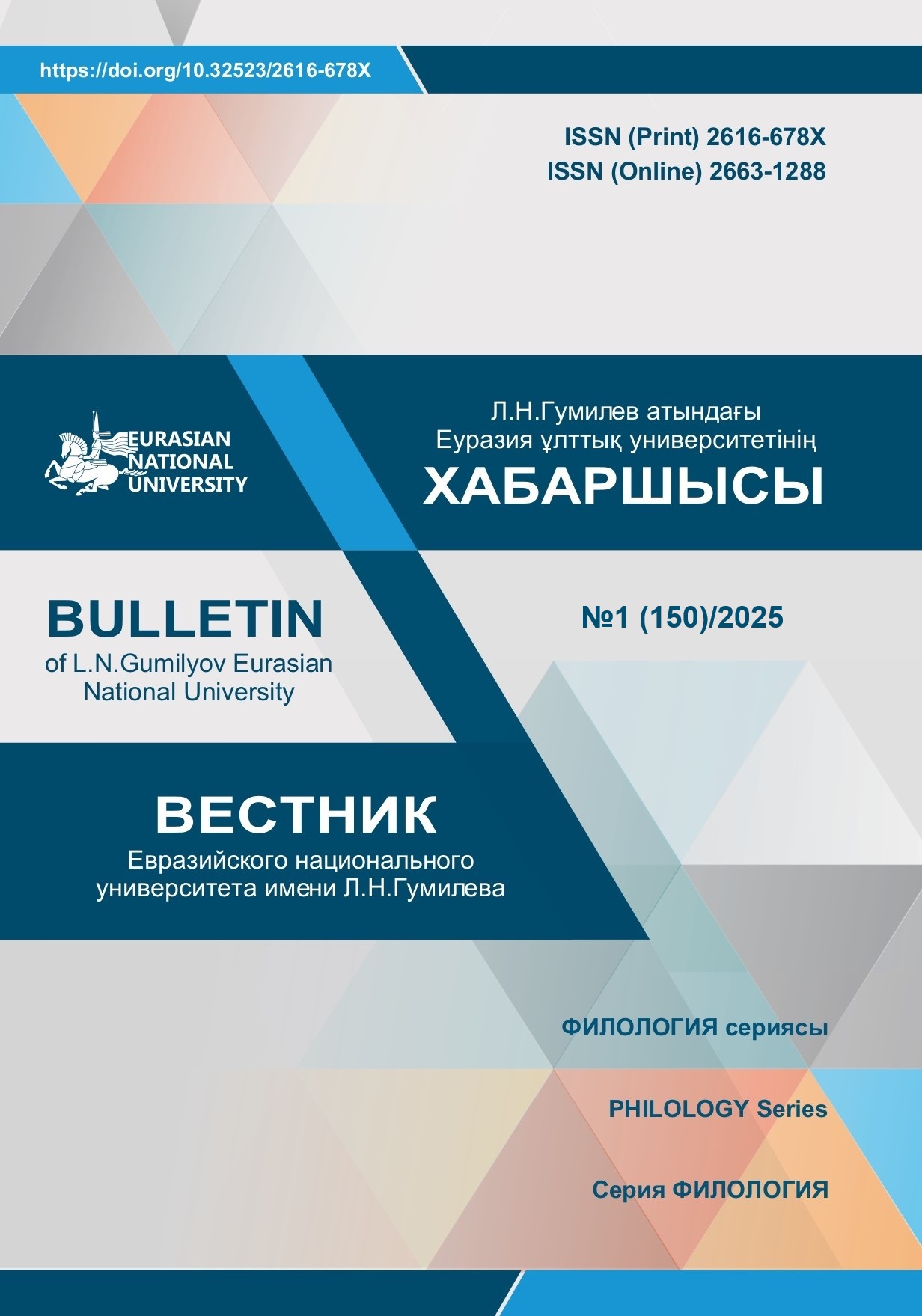Звуковая гармония и ее эволюция в зарубежной тюркологии
Просмотры: 218 / Загрузок PDF: 151
DOI:
https://doi.org/10.32523/2616-678X-2025-150-1-144-156Ключевые слова:
звуковая гармония, фонология, тюркские языки, сравнительно-историческое исследование, фонологическая эволюция, структурно-семантическое моделирование, когнитивная фонология.Аннотация
Понятие звуковой гармонии, включающей в себя гармонию гласных и согласных, издавна является определяющей фонологической чертой тюркских языков. Эта особенность, глубоко укоренившаяся в истории этих языков, привлекла внимание зарубежных ученых еще в XIX веке. Первые исследования были сосредоточены на гармонии гласных, признавая ее как системную и уникальную черту. Со временем, по мере роста интереса к тюркской фонологии, исследователи расширили сферу своего внимания, включив в нее гармонию согласных и ее значение. В статье рассматривается феномен звуковой гармонии, анализируется его эволюция в зарубежных исследованиях по тюркским языкам. Выделяется звуковая гармония как универсальная лингвистическая модель, отражающая как стереотипные, так и национальные особенности различных тюркских языков. В исследовании акцентируется внимание на когнитивных и структурных аспектах звуковой гармонии, исследуются ее фонетические, структурные и семантические закономерности. Используя структурно-семантическое моделирование, в статье прослеживается последовательность звуковой гармонии в современных тюркских языках и ее роль в более широких фонологических рамках. Опираясь на работы таких ученых, как Джерард Клаусон, Уильям Шмальстиг и Карлин Кеньон, в статье рассматриваются историческое развитие, фонологические системы и морфологические последствия звуковой гармонии. В ней подчеркивается ее непреходящее влияние на языковую и культурную идентичность тюркских народов, формирующуюся под воздействием фонетических, диахронических и культурных факторов.







